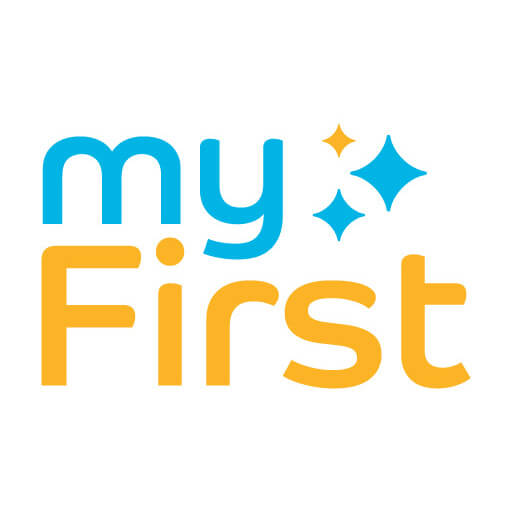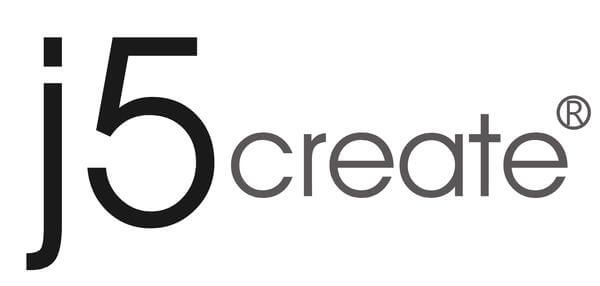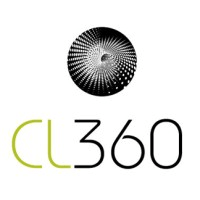In today’s rapidly evolving technological landscape, the integration of artificial intelligence (AI) with existing infrastructure has become increasingly vital for businesses and organizations. One of the most promising advancements in this realm is the transformation of traditional closed-circuit television (CCTV) systems into smart surveillance systems using ZARK. This transformation not only enhances security and operational efficiency but also maximizes the value of existing investments in technology.
The Challenge of Legacy Systems
Many businesses, from retail stores to airports, have invested heavily in CCTV systems. These systems, while effective for basic surveillance, often lack the advanced capabilities required to meet modern security challenges. Upgrading to new hardware can be prohibitively expensive and logistically complex. Mohamed from Blue Dove says that the key to modernizing these systems lies in leveraging existing infrastructure while introducing intelligent software solutions.
The Role of AI and Cloud Technology
The introduction of AI-driven software, such as ZARK, offers a solution that allows organizations to capitalize on their current CCTV hardware. By connecting a simple laptop or PC to the existing network of cameras, businesses can download and implement the ZARK software, which enhances the functionality of their surveillance systems. This software employs cloud technology to process data and provide real-time analytics, including facial recognition and emotional detection.
For instance, ZARK can recognize individuals and assess their emotional states, such as happiness or distress. This capability not only aids in security but can also enhance customer service experiences. In a bustling environment, such as a trade show, the system can identify returning customers, allowing businesses to engage with them personally. This level of interaction could significantly improve customer relations and drive sales.
Cost-Effectiveness and Efficiency
One of the most compelling arguments for transforming existing CCTV systems into smart systems is the cost-effectiveness of such an approach. As Mohamed noted, replacing outdated hardware can be financially burdensome. By utilizing existing cameras and enhancing them with intelligent software, organizations can achieve significant improvements in surveillance capabilities without the need for a complete overhaul of their systems.
Moreover, the integration of cloud services ensures that as technology advances, the system can be updated automatically without requiring additional hardware changes. This feature not only saves costs but also ensures that organizations remain at the forefront of technological advancements.
Regulatory Considerations
While the potential benefits of transforming CCTV systems are substantial, it is essential to navigate the regulatory landscape carefully. Different countries have varying laws regarding surveillance, data privacy, and facial recognition technology. Organizations must consider these regulations when implementing AI-driven surveillance systems. Compliance with legal standards is crucial to avoid potential legal repercussions and to maintain the trust of customers and stakeholders.
Conclusion: AI Can Turn CCTV Into A Powerful System
The transformation of existing CCTV systems using ZARK represents a significant opportunity for businesses across various sectors. By harnessing the power of AI and cloud technology, organizations can enhance security, improve customer interactions, and maximize their existing investments. As the technology continues to evolve, it is imperative for businesses to stay informed about regulatory requirements and advancements in AI to fully leverage the potential of smart surveillance systems. The future of security lies not in replacing outdated systems but in intelligently upgrading them to meet the demands of a rapidly changing world.
Interview by Marlo Anderson of The Tech Ranch.
Get $5 to protect your credit card information online with Privacy.
Amazon Prime gives you more than just free shipping. Get free music, TV shows, movies, videogames and more.
The most flexible tools for podcasting. Get a 30 day free trial of storage and statistics.
Podcast: Play in new window | Download
Subscribe: Apple Podcasts | RSS | More

 Innovative optics technology is a cutting-edge field that aims to revolutionize the way we capture and perceive images. The technology developed by 2Pi Incorporated, an MIT spin-off startup, focuses on creating lenses for sensors, cameras, and consumer electronic devices like AR/VR headsets. The optics technology has been under development for the last decade, with
Innovative optics technology is a cutting-edge field that aims to revolutionize the way we capture and perceive images. The technology developed by 2Pi Incorporated, an MIT spin-off startup, focuses on creating lenses for sensors, cameras, and consumer electronic devices like AR/VR headsets. The optics technology has been under development for the last decade, with  In today’s digital age, technology plays a crucial role in our lives, and it has become an integral part of our daily routines. However, the benefits and opportunities offered by technology should not be limited to adults only. Children, too, deserve access to real tech that empowers them to explore, learn, and create.
In today’s digital age, technology plays a crucial role in our lives, and it has become an integral part of our daily routines. However, the benefits and opportunities offered by technology should not be limited to adults only. Children, too, deserve access to real tech that empowers them to explore, learn, and create.  Over the past few years, the importance of telemedicine has grown significantly. What was once considered forbidden is now commonplace. We can talk to a doctor remotely, send vital statistics from home, and even have a full checkup all remotely. Our phones have become an integral part of our health regiment, and with
Over the past few years, the importance of telemedicine has grown significantly. What was once considered forbidden is now commonplace. We can talk to a doctor remotely, send vital statistics from home, and even have a full checkup all remotely. Our phones have become an integral part of our health regiment, and with  Photography and videography have become more popular pastimes over the past year. But, most of the new products that have come out in support of the content creator community have been focused on the static shot, intended to help improve the experience of streamers. But,
Photography and videography have become more popular pastimes over the past year. But, most of the new products that have come out in support of the content creator community have been focused on the static shot, intended to help improve the experience of streamers. But,  Over the past year, a number of products that were previously thought to be pretty ubiquitous have come into high demand. Chief among those products have been products for content creation. This year,
Over the past year, a number of products that were previously thought to be pretty ubiquitous have come into high demand. Chief among those products have been products for content creation. This year,  One of the growing trends in digital photography and videography is 360. There are a lot of ways to take advantage of this medium, but it also produces a number of unique challenges. The biggest issue has been in lighting. You can’t set up a whole big room or yard full of lighting in order to light your photos correctly, so what do you do? The
One of the growing trends in digital photography and videography is 360. There are a lot of ways to take advantage of this medium, but it also produces a number of unique challenges. The biggest issue has been in lighting. You can’t set up a whole big room or yard full of lighting in order to light your photos correctly, so what do you do? The 
